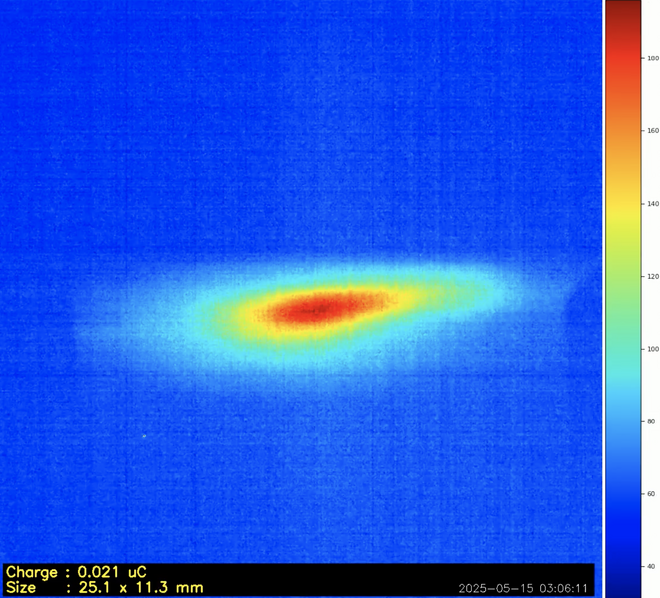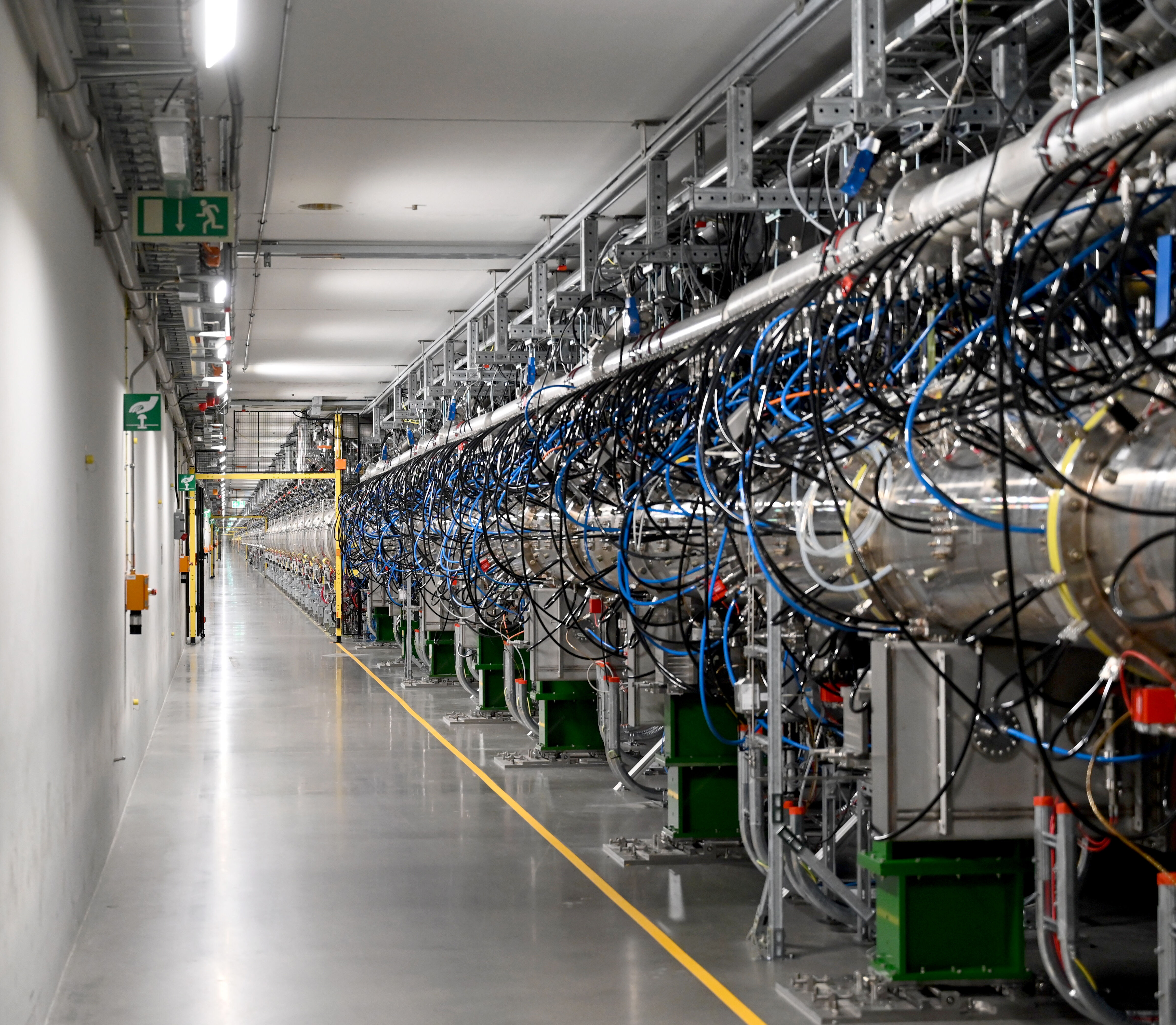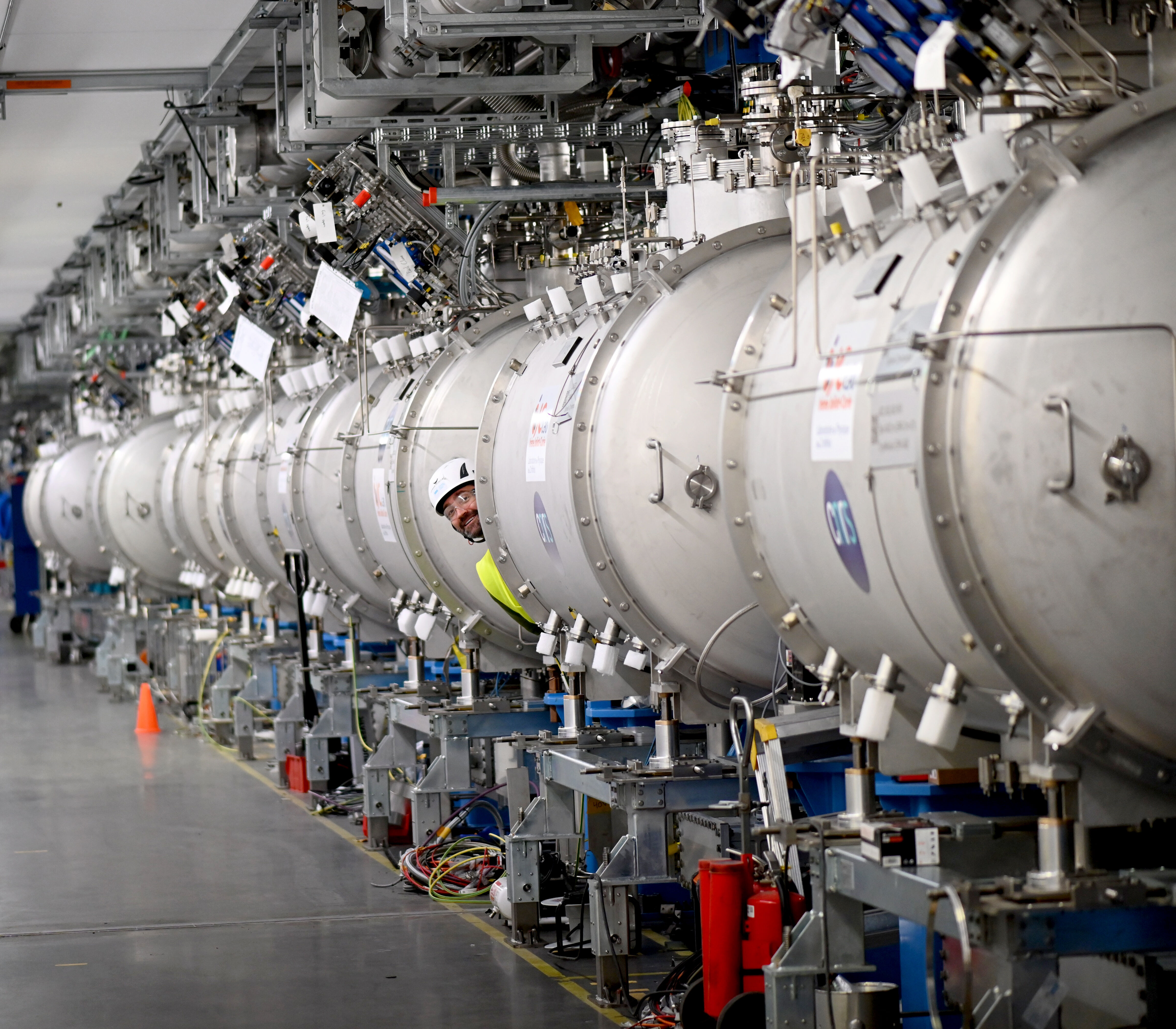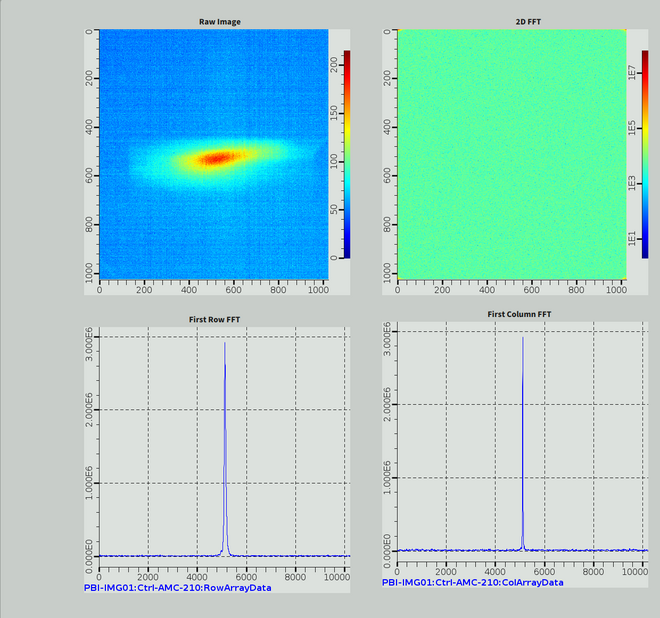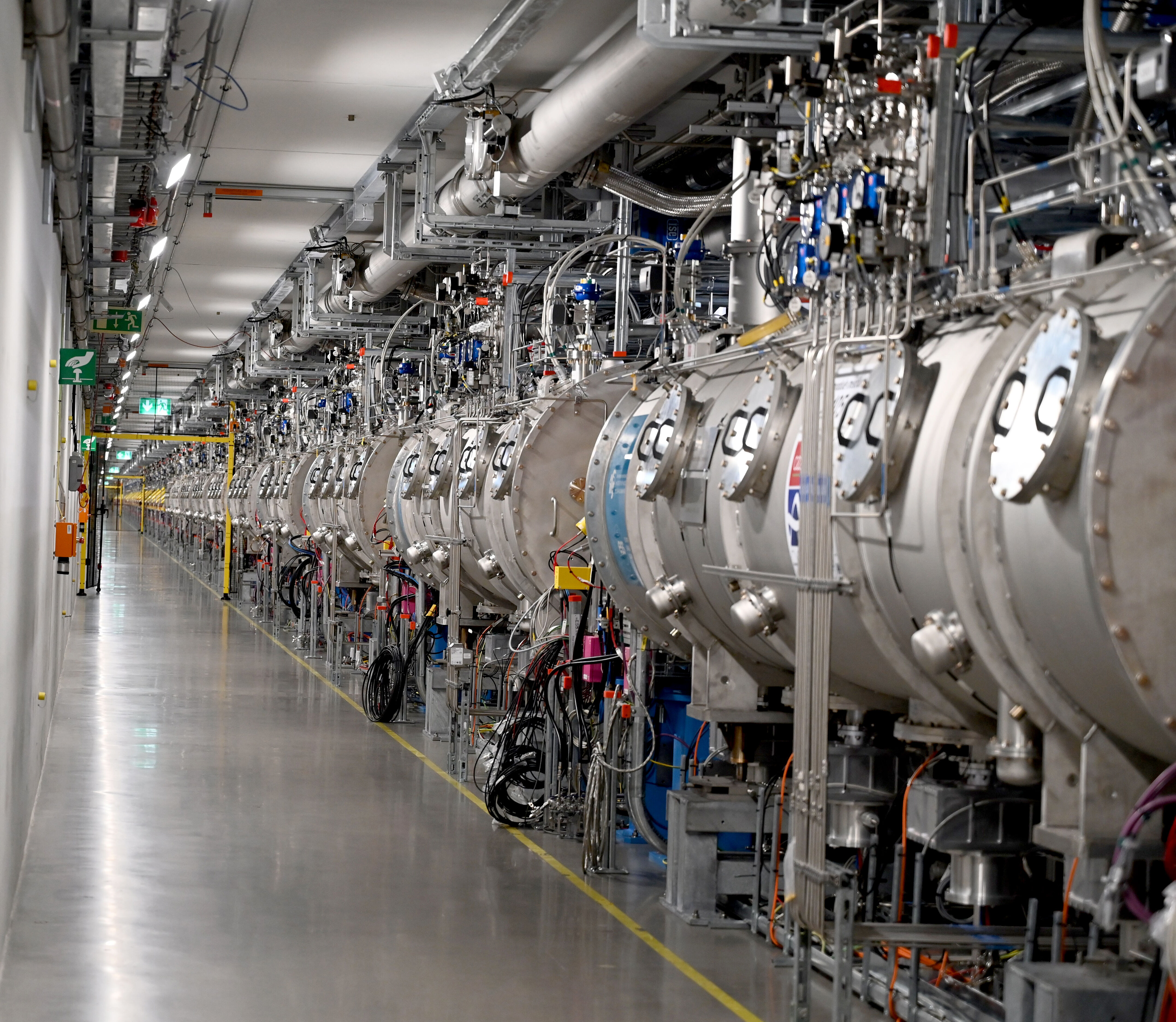
ESS has successfully achieved Beam on Dump, a major accelerator milestone and an important step towards commissioning of the entire ESS facility.
For the first time, protons have been accelerated to the correct energy and delivered all the way from the Ion Source to the Tuning Beam Dump – 542.5 metres down the accelerator tunnel. This achievement demonstrates that the ESS accelerator is functioning as an integrated system, from source to dump. It is the culmination of years of design, manufacturing, testing, installation and integration, and represents a key step toward delivering high-power proton beams to the Target, where neutrons for scientific experiments will be produced.
The achievement is also the result of strong collaboration with ESS’ In-Kind partners across Europe. Contributions from member countries – including RF systems, cryomodules, diagnostics, vacuum systems, controls, and infrastructure – are now integrated and operating as one machine.
"Beam commissioning is a major integration point where all our technical systems, infrastructure, controls, and processes must work effectively together. It’s also a dedicated period for identifying and resolving issues to ensure reliable accelerator operation in the future", says Ciprian Plostinar, Head of Accelerator Division, and continues:
"The dedicated professionals here at ESS have demonstrated incredible determination, resilience, and teamwork. Control room staff, engineers, physicists, and technicians have been working tirelessly around the clock to make this possible. It’s a true testament to our shared mindset, expertise and commitment".
From Authorisation to Achievement
The commissioning journey began in February with a rigorous Safety Readiness Review. In March, the System Permit was granted, followed by Beam Authorisation signed by Operations and Machine Director Kevin Jones and Head of Environment, Safety, Health and Security Ola Dahlborg. This allowed the Accelerator, Integrated Control System (ICS) and Operations teams to begin commissioning the machine with beam.
Starting with a low-power probe beam, the commissioning proceeded step by step along the 600-metre linac and beam transport system. Beam stops and diagnostics in the Normal Conducting and Superconducting Linac sections provided intermediate checkpoints to safely validate each part of the accelerator. Finally, the beam passed through the High Energy Beam Transport Line and was detected at the dump using beam current monitors and imaging systems – clear evidence of successful transport of protons to the end of the accelerator.
Looking Ahead: Beam on Target and First Neutrons
The Beam on Dump milestone confirms that the accelerator can transport protons at the required energy. The next phase will focus on tuning the beam quality and slowly increasing the power levels, preparing for Beam on Target – the moment when protons strike the tungsten target to produce neutrons for science.
“Beam commissioning is the gateway to ESS’s scientific mission,” said Helmut Schober, Director General of ESS. “We are entering a decisive phase. With Beam on Dump, we know the accelerator works as a system. Now we look ahead to Beam on Target and producing our first neutrons. This is where ESS begins to fulfil its promise as a world-leading research facility, opening up the world of materials.”
About the ESS Accelerator
- The ESS accelerator and beam transport system is 600 metres long and will accelerate protons to 96% of the speed of light.
- It includes superconducting accelerating structures cooled by a helium cryoplant operating at 2 Kelvin.
- Protons are generated at the ion source and will be sent through the linear accelerator toward a rotating tungsten target station. When the high-energy protons collide with the heavy metal target, neutrons are released - a process called spallation. The neutrons are then guided to various experimental stations, where researchers can study materials at the atomic and molecular level.
- The accelerator will ultimately deliver proton beams of up to 5 MW of power to the target.

























